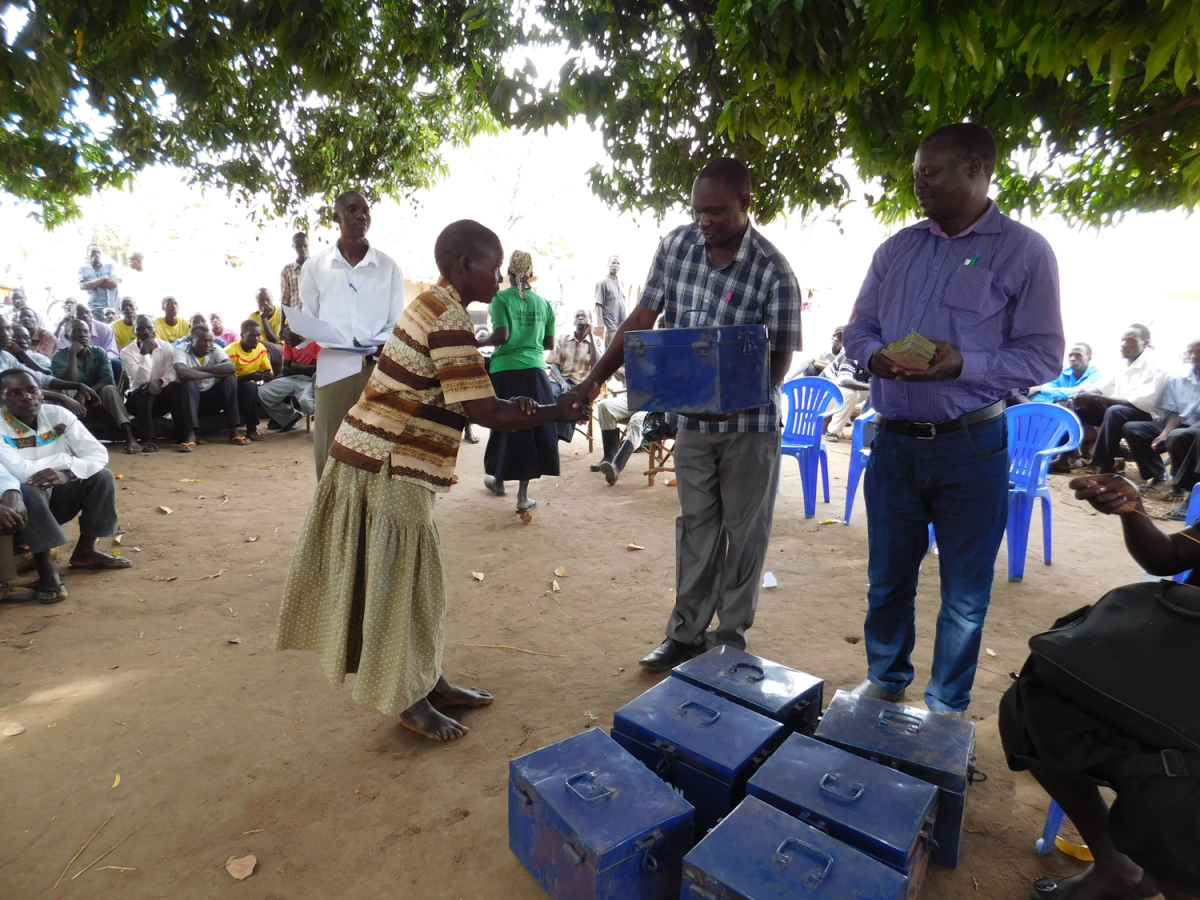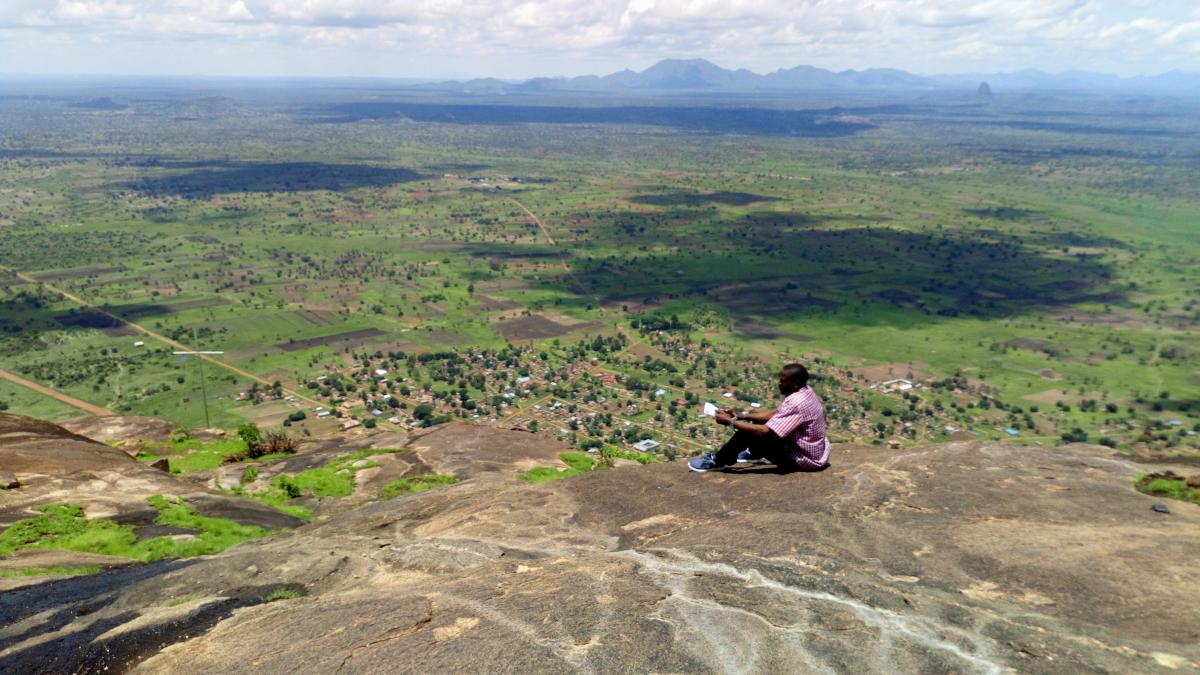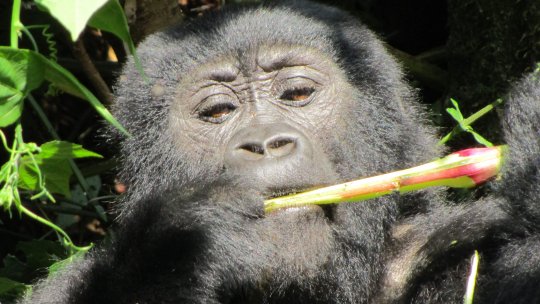The conservation and livelihoods power of a community fund in Uganda
The Community Environment Conservation Fund (CECF) is a conservation benefits sharing model developed and implemented by IUCN to address immediate community livelihood needs through a credit scheme. This in turn motivates and empowers communities to responsibly utilise and manage natural resources.

Photo: IUCN
The CECF recognises the gap of limited community access to credit facilities, and works by providing money for the establishment of a credit fund to communities who have collectively agreed to implement forest landscape restoration activities based on an environmental management plan. This means that environmental management is promoted, undertaken and monitored by whole communities to ensure receipt of the credit facility. The money itself can be borrowed and used for any purpose by households – for investments in income generating activities, paying school and medical bills, among others. In this way, the provision of the fund is an incentive to deliver improved environmental management, because it enables improvements in livelihoods by removing barriers to accessing credit. Money from CECF is designed to contribute towards improving livelihoods in the short-term, as well as restoring and enhancing environmental services and natural resources management in the long-term.
The model was introduced by IUCN in 2012 and has since been successfully adapted to different contexts for water catchment management, water source protection, conservation of endangered species, and restoration of fragile ecosystems. The approach has also been scaled-up within Uganda, and abroad in Kenya, Malawi and Rwanda. Despite successful implementation, the key challenge to scaling-up even further is with the capitalisation of the fund. At the moment, the major source of capital for the CECF comes from donor projects, which often have a limited geographical scope and timeframe. A much more sustainable approach to capitalising the fund would be to integrate it within existing government restoration programmes and use it as a vehicle for channeling funds to organised communities. In the Ugandan context, the CECF could be adopted to manage the benefits accruing from tourism activities with communities adjacent to the national and game parks; manage the funds provided for restoration work following infrastructure projects such as roads, to channel funds from the national tree funds to communities, for tree planting activities, among other .
The implementation of global programmes such as REDD+ which are aimed at incentivising responsible use and management of forest and tree resources could be better managed at the local level using the CECF model, which in its inclusiveness adheres to the UNFCCC safeguards for REDD+. Overall, the integration of such innovative models such as CECF into government programmes would serve the dual purpose of capitalising the CECF fund while the requirements of the mandated institutions in a much more sustainable way.
With financial support from the Danish International Development Agency (DANIDA) through the Towards Pro-poor REDD+ project, and the German Federal Ministry for the Environment, Nature Conservation, Building and Nuclear Safety (BMUB), IUCN has developed a CECF policy brief as a tool for creating awareness and to garner support from policy makers, planners and development partners towards effecting the integration of CECF in government programmes. The support of policy makers is sought to support the inclusion of incentive mechanisms within existing policy frameworks, while planners and development partners can consider integration of such schemes within the design of programmes and projects. This has the potential to provide long-term capitalisation of the CECF while contributing to easing the bottlenecks of conservation at the grassroots level.


